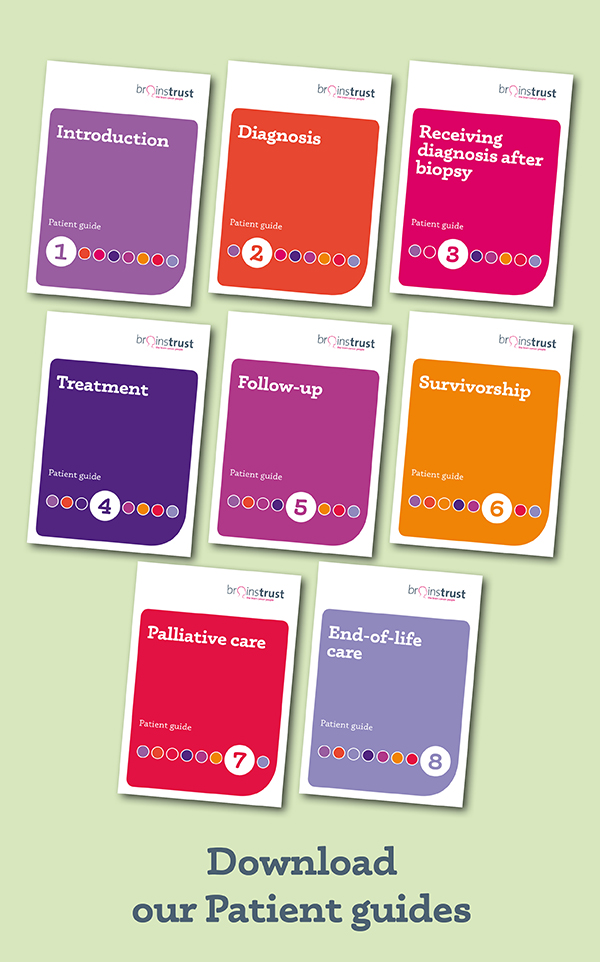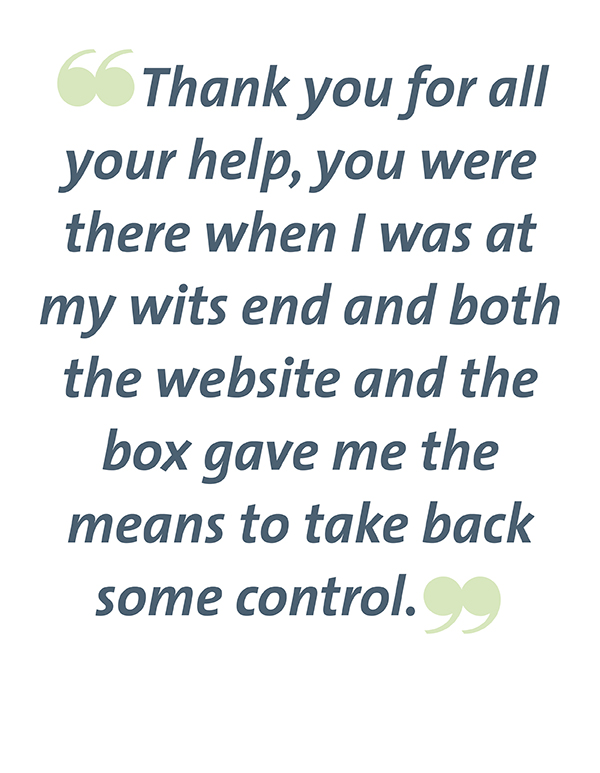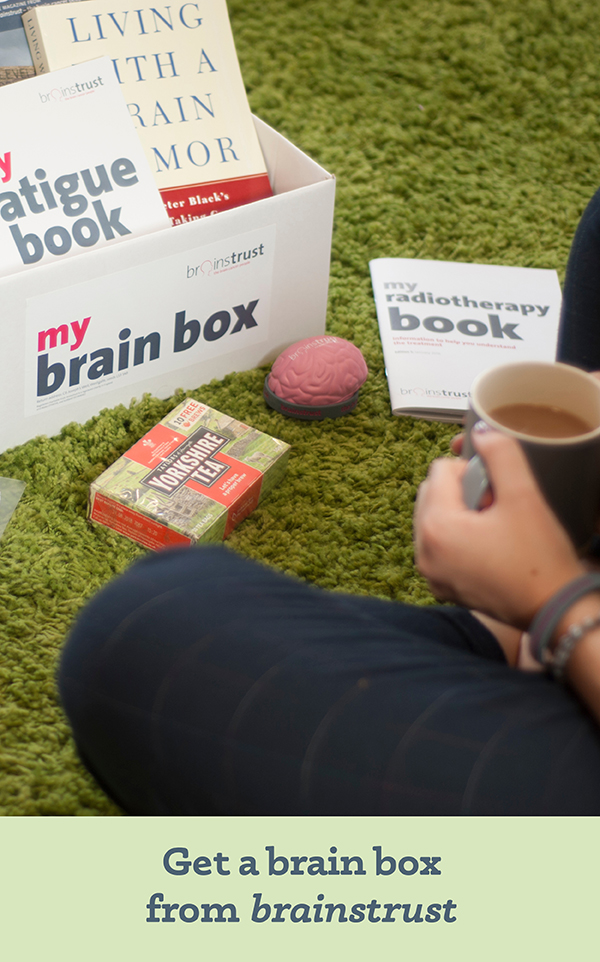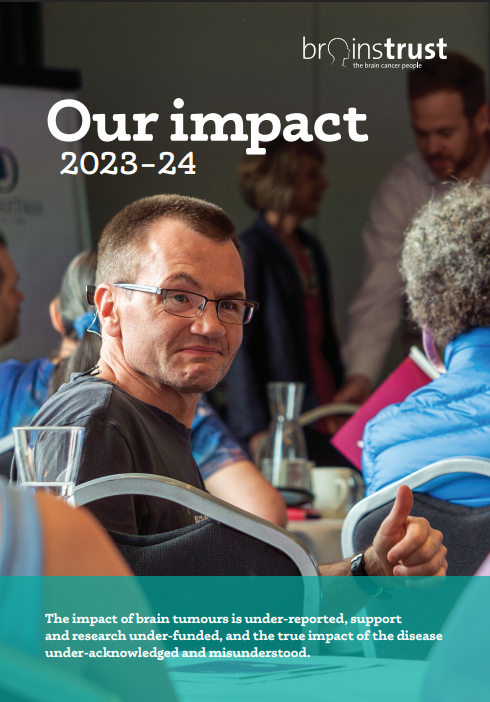Awake Craniotomy
An awake craniotomy is an operation performed in the same manner as a conventional craniotomy but with the patient awake during the procedure. This is a preferred technique for operations to remove lesions close to, or involving, eloquent (functionally important) regions of the brain. This allows us to test regions of the brain before they are incised or removed and allows us to test patient’s function continuously throughout the operation. The overall aim is to minimise the risks of such operations.
How is an awake craniotomy performed?
There are different techniques but the most commonly used here is described. In the anaesthetic room you will have a drip inserted with some drugs that make you feel comfortable and relaxed. In theatre, the neuronavigation system will then be used to mark out the incision and a very small amount of hair shaved along the line of the incision before it is cleaned with antiseptic solutions and then local anaesthetic is inserted around the incision. This will sting a little for a few seconds and then go numb.
Some drapes are placed around the wound but you will be able to see the anaesthetic team and talk to them and be able to move your arms and legs freely during the operation. The operation then continues and you will hear some noises and the drilling sound briefly.
When the brain is exposed we will perform a procedure called cortical mapping. This involves stimulating the brain surface with a tiny electrical probe. If we stimulate a motor region of the brain it may cause twitching of a limb or your face; a sensory area will cause a tingling feeling; the speech areas will prevent you from speaking very briefly. By mapping out the important regions of the brain first we can aim to avoid and protect them during the operation. Whilst we remove the tumour we will continuously test your function, and if anything changes we will be able to stop.
This does not eliminate the risks of surgery but does likely reduce them.
After the tumour has been removed, all bleeding is stopped, the dura is closed with sutures, the bone is replaced with 3 mini-plates and the scalp is closed. The skin is closed with staples, the wound is dressed and often a head bandage is applied.
What happens after surgery?
Post-operative recovery is generally much quicker as you will not have had a general anaesthetic. You will likely only have a single drip and will not have any other lines or a catheter. You can eat, drink and move as soon as you feel able to and will be able to be discharged on the same day as your operation or the following day if you are able. If you are having day-case surgery you will need a CT scan of the head 4 hours after surgery and can be discharged 6 hours post-op provided all is well.
What happens after discharge?
After any major operation it takes a few weeks to recover fully. For the first couple of weeks you may have some headaches that you should be able to control with simple painkillers that you will be given. You will feel more tired than usual and will need to rest when you feel tired. However, you should do a little more simple exercise each day such as taking walks.
Channel 4 previously aired the programme, ‘The Operation: Surgery Live’ which showed consultant neurosurgeon Paul Grundy perform an awake craniotomy. Although the programme itself is no longer available to watch, you can still find information about the procedure, including questions answered by surgeon Paul Grundy on the website.
Brain Tumour Patient Guides
Our Brain Tumour Patient Guides are a set of eight individual booklets that follow the different stages of the brain tumour pathway. They explain the care you should be getting, as suggested by the latest NICE guidance, what we think you should expect and some useful questions you may like to ask your clinical team. 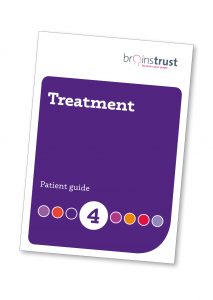
Our ‘Treatment’ Patient Guide will guide you through what you can expect at this stage of the pathway, including suggested questions and guidance around neurosurgery, including awake craniotomy.
Did this information make you feel more resourced, more confident or more in control?
Date published: 17-05-2009
Last edited: 05-2025
Due for review: 05-2028

